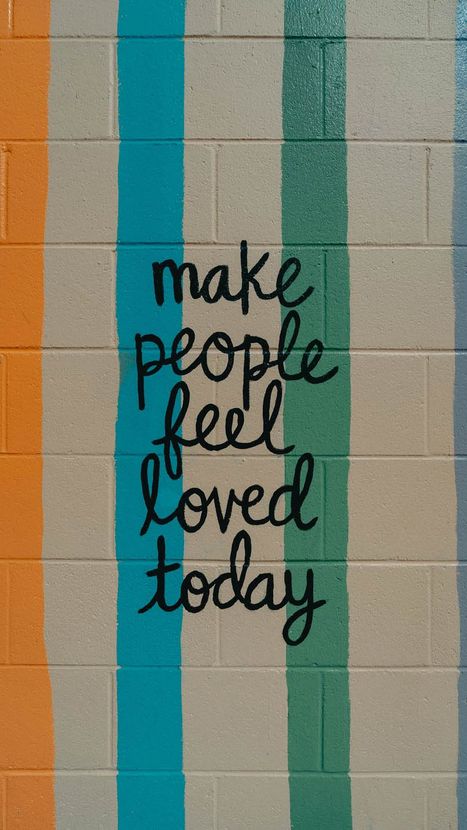Engaged employees, according to Gallup, are passionate about their jobs, committed to the organization and put discretionary effort into their performance. In the business world employee engagement results in lower absenteeism, lower turnover, fewer injuries, higher profitability, and higher customer engagement. Translated into the non-profit world employee engagement results in less absenteeism, lower turnover, higher client engagement and more robust client outcomes.
Gallup’s research consistently shows that approximately a third of the nation’s employees are fully engaged. Surprisingly, Quantum Workplace finds that employees have even less engagement in non-profit organizations.
Gallup has identified twelve core elements (measured through the Q12) that link powerfully to employee engagement. These core concepts are
Clear expectations
Resources to do the job right
Opportunities to utilize strengths and talents
Receiving regular and frequent recognition for good work
Caring relationships
Someone at work who encourages employee development
Consideration of employee opinions
Connection to the mission of the organization and its relationship to the job
Quality of work from their co-workers
Having a best friend at work
Periodic discussions of progress
Opportunities to learn and grow
Clear expectations are needed in work requirements and what is considered excellent work. As a strategy, clear expectations enhance employee engagement in a remote working environment. Focus on purpose and results, not on detailed directions. Staff need adequate resources, materials, and equipment. For instance, if working remotely do staff have adequate technology and internet access? Nonprofit organizations and Head Start programs are stretched thin. I get it. However, it is less expensive to invest in adequate resources, including digital technology, than to replace a valued worker. One of the most important resources for employees is time.
Opportunities to use strengths is a central factor in engaging staff. Identify key strengths and interests of each staff and build their role so they can use these strengths daily. Identifying key strengths can be observational or determined through strengths surveys such as CliftonStrengths 34 (Gallup) or the Values in Action Character Strengths.
Just as important as using strengths is the encouragement employees receive for professional and personal development. Discussions of growth and progress need to occur periodically – and more often than the annual assessment. Opportunities can be chances to lead meetings or special projects. Non-profit organizations are often invited to local or regional meetings, so send your employees.
Caring about an employee as a person means remembering their father just recovered from COVID-19 and their daughter was this year’s competitor for national recognition in debate. Caring also means taking the time, every day, to smile and greet them by name. A simple phone call once a week whether in the office or at remote work - just to say hello - has an enormous return on investment. Gallup indicates that having a best friend at work is important for engagement. Organizations cannot create friendships, but they can facilitate relationships through cross-departmental teams working on special projects.
Employees thrive with specific positive feedback and recognition for a job well done. This cannot be limited to "wonderful job" but must include what was done, how well it was done, and why it is important. One-on-one meetings are becoming recognized as effective in connecting employees during remote work.
Trauma-informed organizations are focused on empowerment – of clients and of staff. Empowerment begins with careful and thoughtful consideration of staff opinions, especially when they are different from leadership directives. Just as organizations solicit feedback, listen, and respond to clients, organizations need to do the same for staff.
Non-profit organizations attract employees who already believe in the mission. That is why it is surprising that non-profit organizations have lower engagement than for-profit organizations. Factors that contribute to lower engagement include non-profit employees may feel their role is disconnected from the mission. It is a shared responsibility between the employer and employee to continually reconnect jobs and roles with the mission of the organization.




